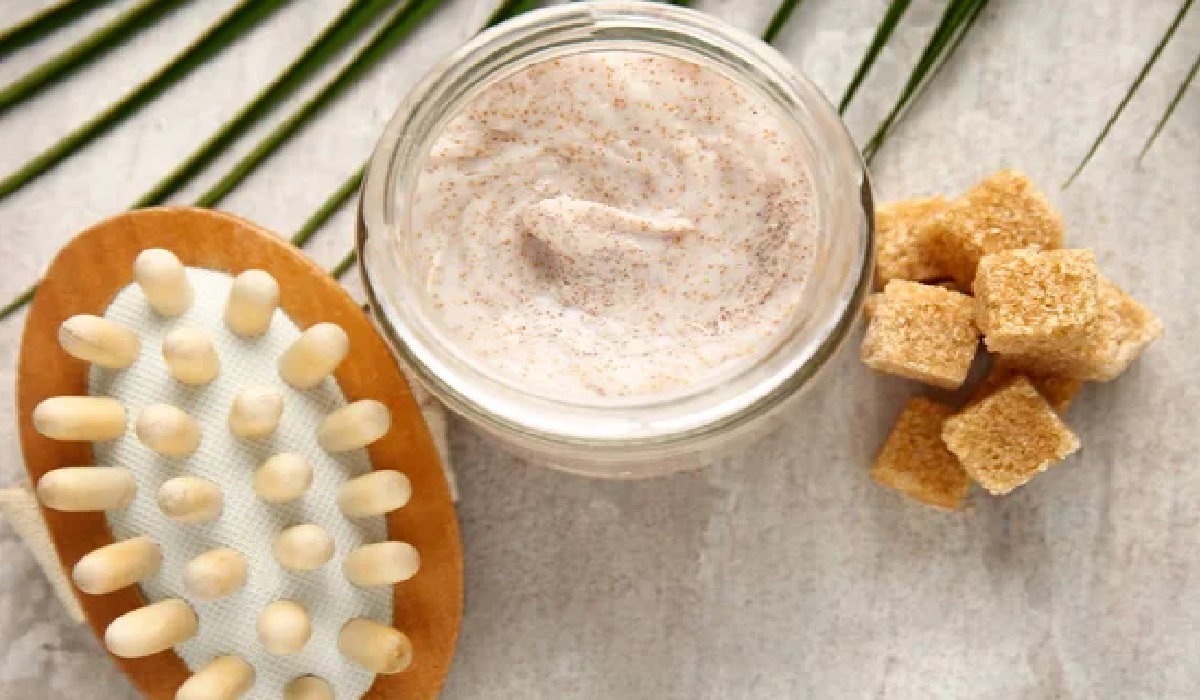
Combination skin is a skin type that is characterized by having both oily and dry areas on the face. People with combination skin often have an oily T-zone (forehead, nose, and chin) and dry cheeks. This can make it challenging to find the right skincare routine that balances the needs of both oily and dry areas. In this article, we will explore what combination skin is, its causes, and how to care for it.
What is Combination Skin?
Combination skin is a skin type that is a combination of oily and dry skin. This means that some areas of the face, typically the T-zone, produce excess oil, while other areas, usually the cheeks, are dry and flaky. Combination skin can be genetic or caused by environmental factors such as weather, pollution, and harsh skincare products.
What Causes Combination Skin?
The causes of combination skin are not fully understood, but genetics play a significant role. People with combination skin have a genetic predisposition to producing excess oil in the T-zone, which is then mixed with dryness in other areas of the face. Hormonal changes can also contribute to combination skin, particularly during puberty, pregnancy, and menopause.
Environmental factors such as weather, pollution, and harsh skincare products can also cause combination skin. Exposure to extreme temperatures, UV radiation, and pollution can damage the skin’s natural barrier and lead to dehydration and oil overproduction. Using skincare products that are too harsh or contain alcohol and fragrances can also strip the skin of its natural oils and cause dryness and irritation.
How to Care for Combination Skin
Caring for combination skin requires a skincare routine that addresses both oily and dry areas of the face. The following steps can help to balance the skin’s needs and maintain healthy skin:
Cleanse: Start by cleansing your face twice a day with a gentle, pH-balanced cleanser that is formulated for combination skin. Avoid cleansers that contain harsh ingredients like sulfates, alcohol, and fragrances, as these can strip the skin of its natural oils and cause dryness and irritation.
Exfoliate: Exfoliation is an essential step in any skincare routine, but it is particularly important for combination skin. Exfoliating helps to remove dead skin cells, unclog pores, and promote cell turnover, which can help to reduce oil production and improve skin texture. Use a gentle exfoliator once or twice a week, depending on your skin’s sensitivity.
Moisturize: Moisturizing is crucial for combination skin, as it helps to balance the skin’s oil and water content. Use a lightweight, non-comedogenic moisturizer that is formulated for combination skin. Look for ingredients like hyaluronic acid, which can help to hydrate the skin without adding excess oil.

Treat: Treat any problem areas on the face, such as acne or dark spots, with targeted skincare products. Look for ingredients like salicylic acid, benzoyl peroxide, and vitamin C, which can help to unclog pores, reduce inflammation, and brighten the skin.
Sun Protection: Protect your skin from UV damage by using a broad-spectrum sunscreen with at least SPF 30 every day, even if it’s cloudy outside. Look for sunscreen that is oil-free and lightweight, so it won’t clog pores or make oily areas worse.
Lifestyle Changes: In addition to following a good skincare routine, there are some lifestyle changes that can help to improve combination skin.
Cleansing, exfoliating, moisturizing, treating, and protecting the skin from the sun are all crucial steps in caring for combination skin. It’s essential to use products that are gentle, pH-balanced, and formulated specifically for combination skin to avoid stripping the skin of its natural oils and causing dryness or irritation.
In addition to following a good skincare routine, it’s also important to make some lifestyle changes to improve combination skin. Drinking plenty of water can help to keep the skin hydrated, while eating a balanced diet can provide essential nutrients to support healthy skin. Getting enough sleep can also help to reduce inflammation and promote skin regeneration.
In conclusion, combination skin requires a tailored skincare routine that addresses both oily and dry areas of the face. By following the steps outlined above and making some lifestyle changes, it is possible to maintain healthy and balanced skin, even with combination skin. Remember to be patient and consistent with your skincare routine, and if you’re still struggling with combination skin, consider consulting a dermatologist for further advice.








